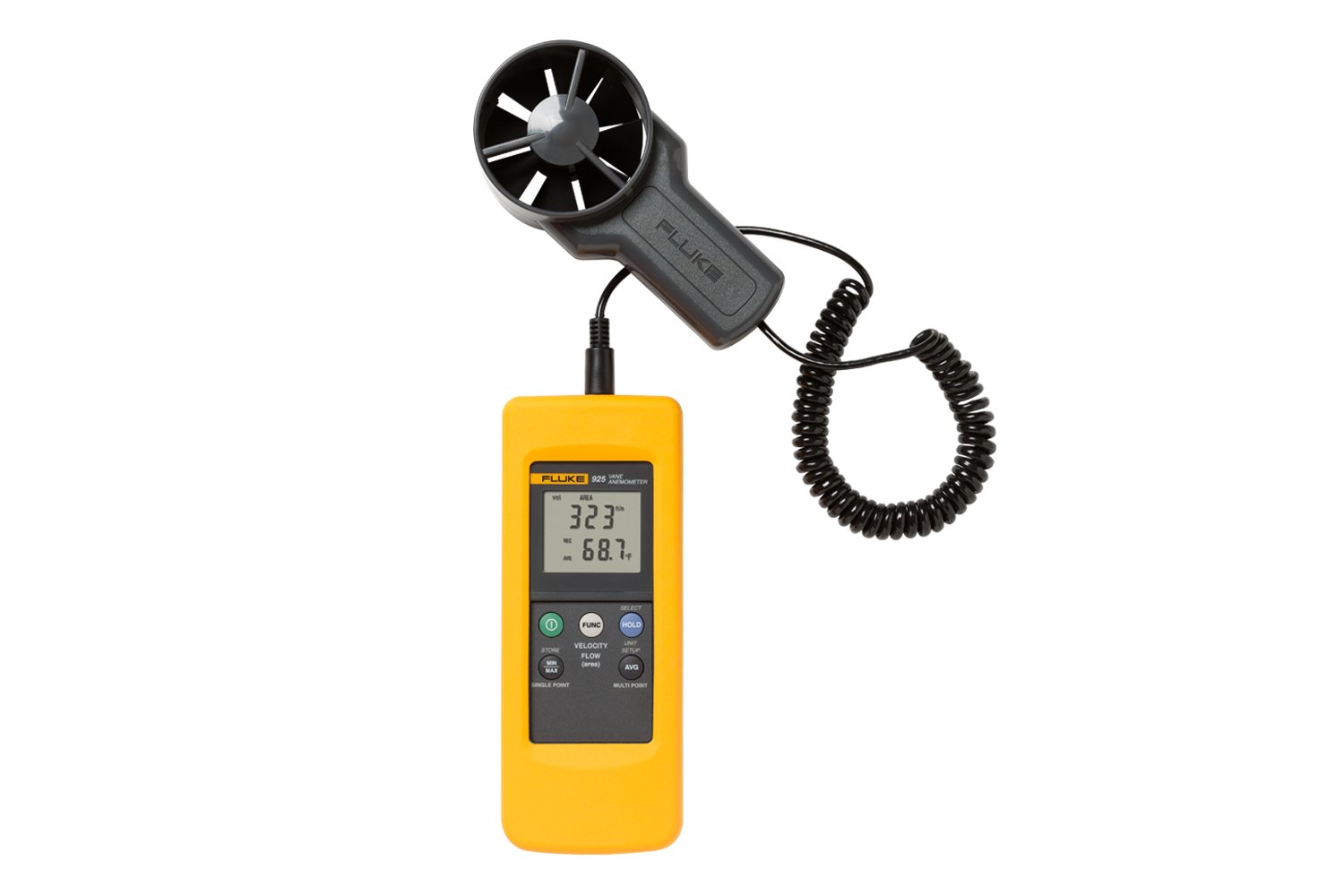Recognizing Different Sorts Of Anemometers for Various Applications
Recognizing Different Sorts Of Anemometers for Various Applications
Blog Article
All You Need to Understand About Anemometers: Just How They Function, Why They Issue, and Where to Utilize Them
Anemometers, though often ignored in the world of clinical instruments, play a vital duty in numerous fields, supplying valuable insights into wind speed and air movement patterns. As we dig right into the intricacies of anemometer innovation, we will uncover the internal workings of these devices, their value, and the crucial considerations when selecting the right anemometer for specific applications.

Anemometer Basics
An essential tool used to determine wind speed and instructions, the anemometer plays a critical duty in meteorology and different sectors. An anemometer typically is composed of 3 or 4 cups that revolve in the wind, a vane that points into the wind, and sensing units to track the rotations or movements. By calculating the turnings or movements over a specific amount of time, the anemometer can establish wind speed. The vane aids identify wind direction by aiming into the wind, supplying important information for climate projecting, air travel, maritime operations, environmental surveillance, and wind energy applications.
There are different kinds of anemometers readily available, consisting of cup anemometers, vane anemometers, hot-wire anemometers, and sonic anemometers, each with its unique functions and applications. Cup anemometers are commonly utilized for fundamental wind speed dimensions, while vane anemometers are favored for directional measurements.
Concepts of Anemometer Operation
Building on the foundational understanding of anemometer essentials, the concepts of anemometer operation elucidate the auto mechanics behind wind speed and instructions dimensions. Cup anemometers, for circumstances, have 3 or more cups that catch the wind, creating them to spin much faster as the wind speed boosts. Hot-wire anemometers rely on a warmed wire that cools down as wind passes over it, with the price of cooling establishing the wind speed.
Significance of Anemometers
The value of anemometers in weather forecasting and various sectors can not be overstated. Anemometers play an essential function in determining wind rate and instructions, offering important data for weather condition forecasting, climate studies, environmental monitoring, and air travel procedures. Meteorologists rely upon anemometers to gather accurate wind information, helping them understand climate patterns, forecast storms, and issue timely cautions to the general public. In industries such as building and construction, agriculture, renewable resource, and maritime operations, anemometers are utilized to enhance processes, guarantee safety and security, and boost effectiveness. As an example, wind farm drivers use anemometers to assess wind conditions and maximize electrical power production from wind turbines. In the maritime market, anemometers aid ship navigating by offering real-time wind details to captains, helping them make notified choices to ensure risk-free trips. Generally, anemometers are crucial devices that add considerably to safety, performance, and informed decision-making in weather forecasting and a vast array of industries.
Applications Throughout Various Industries
Applications of anemometers extend across diverse markets, showcasing their convenience and energy beyond weather forecasting. In the renewable power industry, anemometers play a crucial role in evaluating wind conditions for wind farm positionings, ensuring ideal power production. Industries like building and construction and mining utilize anemometers to keep an eye on wind rates, critical for safety and security protocols, particularly when working at heights or in open-pit mines where strong winds can position risks. Anemometers are also essential in the aeronautics market, assisting pilots in recognizing airspeed and wind direction for secure liftoffs and touchdowns. The maritime market take advantage of anemometers for ship navigation, aiding sailors expect climate adjustments and readjust routes appropriately. In agriculture, anemometers assist farmers in taking care of plant spraying these details by offering real-time data on wind rate to prevent drift. Additionally, anemometers useful source discover applications in cooling and heating systems to enhance airflow and enhance energy performance in buildings. The diverse use cases of anemometers highlight their relevance throughout various markets, highlighting their indispensable duty in enhancing operational safety and security and performance (anemometer).

Picking the Right Anemometer for Your Demands
For general objectives, a mug anemometer is suitable for gauging wind rate, while a vane anemometer provides wind direction information. Hot-wire anemometers are suitable for reduced airspeed dimensions, and ultrasonic anemometers provide high accuracy and durability.

Verdict
To conclude, anemometers play an important role in measuring wind rate and direction throughout numerous markets. Understanding the principles of anemometer procedure is crucial for choosing the ideal tool for certain requirements. From meteorology to aeronautics, anemometers are vital devices for making sure and accumulating accurate data security in various applications. It is very important to think about the importance of anemometers in order to make informed choices when choosing one of the most suitable device for measuring wind problems.
There are various types of anemometers available, consisting of mug anemometers, vane anemometers, hot-wire anemometers, and sonic anemometers, each page with its special features and applications. Mug anemometers are generally made use of for standard wind speed measurements, while vane anemometers are liked for directional dimensions. Hot-wire anemometers are appropriate for low airspeeds, and sonic anemometers are excellent for high-precision dimensions in research study and commercial setups.Building on the fundamental understanding of anemometer fundamentals, the concepts of anemometer procedure clarify the auto mechanics behind wind speed and instructions measurements. For basic purposes, a mug anemometer is appropriate for measuring wind rate, while a vane anemometer gives wind instructions data.
Report this page